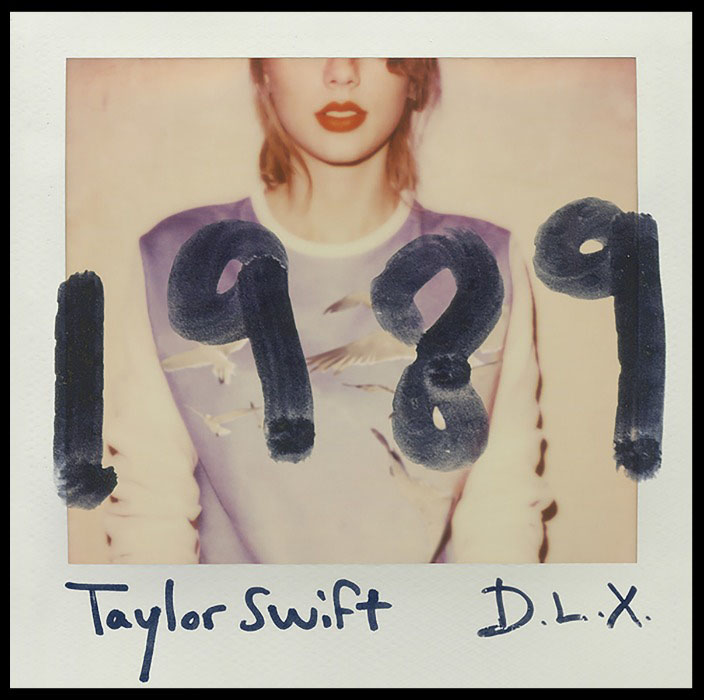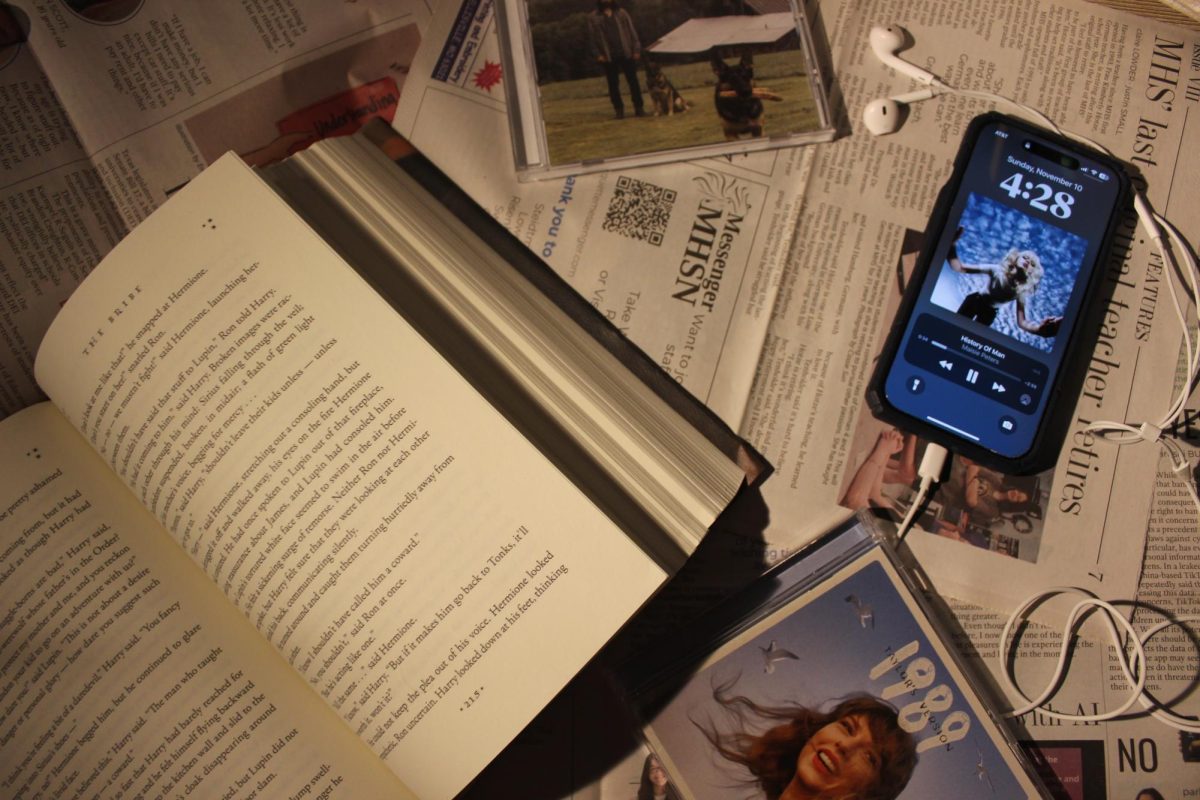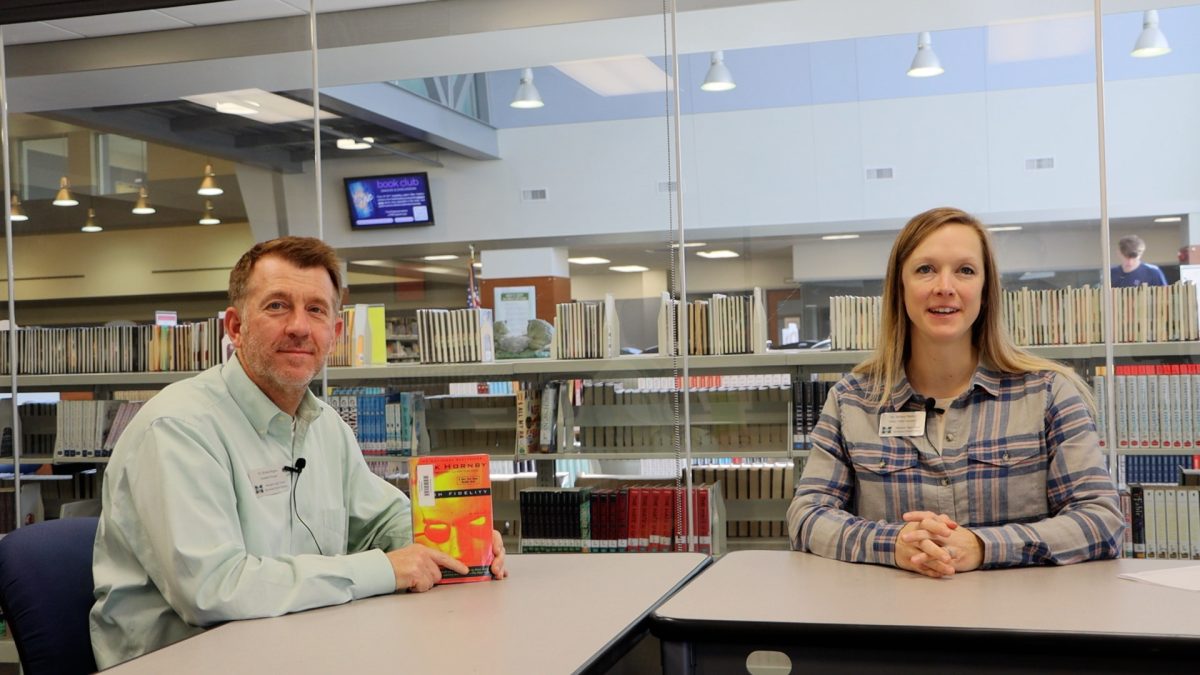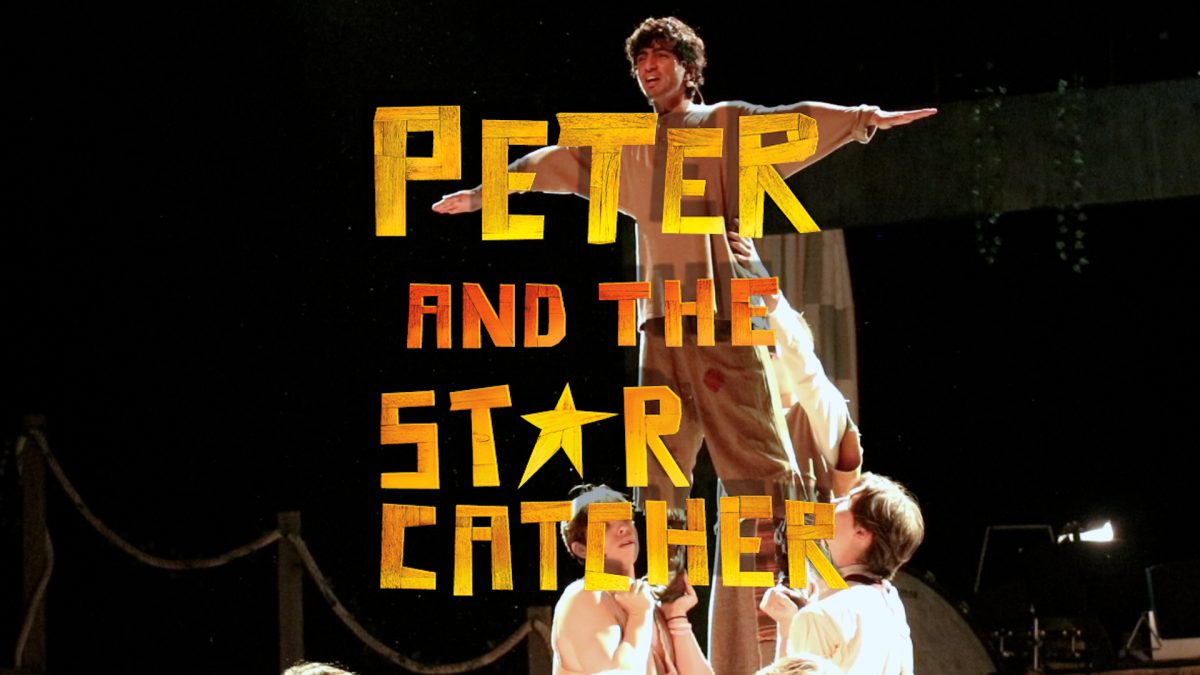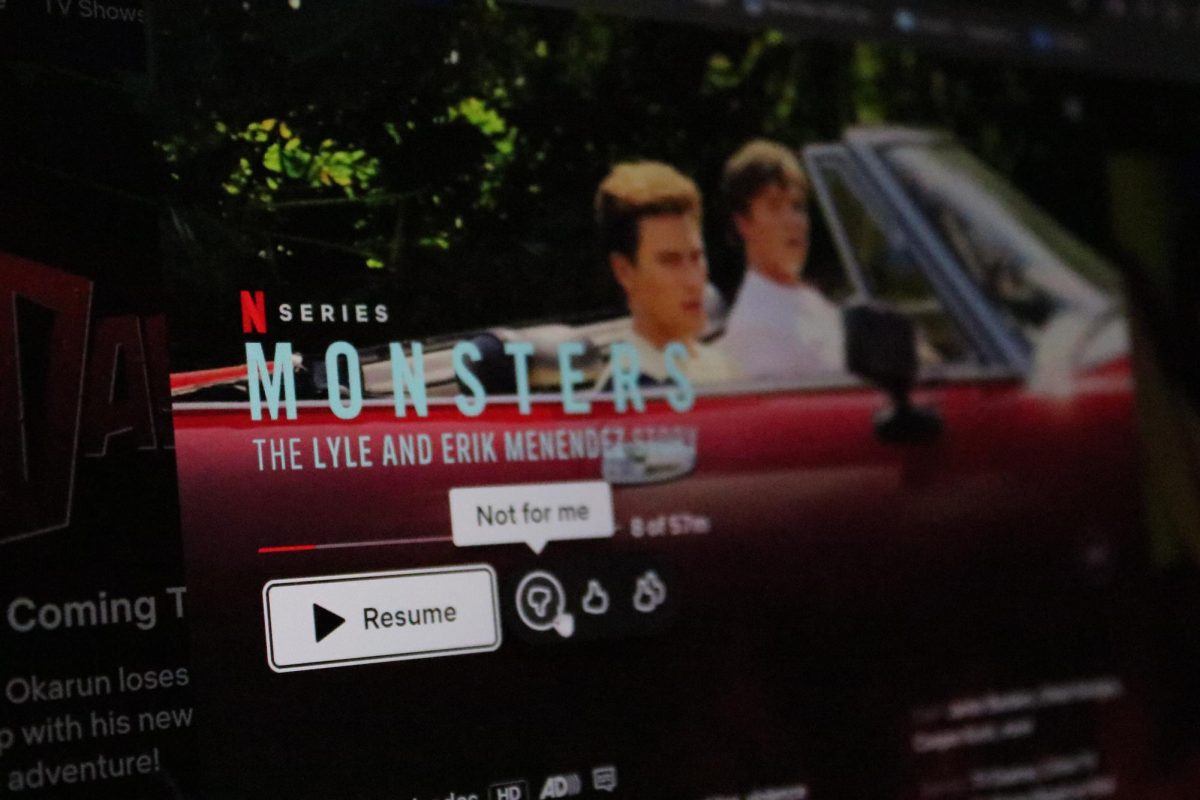Album Review: Taylor Swift’s 1989
November 21, 2014
Taylor Swift’s 1989 has imposed itself upon the pop landscape of 2014. Selling more copies in its first week than any other album since 2002, Swift’s fifth album has proven her position as one of the music industry’s last pillars and as one of America’s last true obsessions.
This resonation comes from Swift’s inevitable total embrace of pop music, swapping twanged diaristic country odes for 80’s indebted sonics and brief lyricism. The results of this pop transition are mixed, boasting some of Swift’s strongest singles in addition to a variety of lukewarm filler.
Opener “Welcome to New York” is a tepid synthpop retread, failing to grab attention due to lack of melodic invention and bland production choices. Swift’s generic NYC platitudes and reassurances that she can indeed “dance to this beat” fail to achieve the grandiose heights of previous Big Apple Anthems like “Empire State of Mind”, and the manufactured harmonies accentuate the inherent disconnect of Taylor Swift as a cultural ambassador of Manhattan.
This initial stumbling is counteracted by the following “Blank Space”, the finest example of 1989’s pop craftsmanship. A dynamic piece built out of swirling synth bells and lightly strummed guitar that is much catchier than it has any right to be, the massive track boasts a sonic density that is appreciable without being overbearing.
Swift’s attention to detail is particularly noticeable, her giggling vocal affectations and kissing pause displaying a tight command over the finer details of hit-writing. Lyrically refreshing, Swift proudly accepts her reputation for relationship tumultion, and displays an emotional maturation from her earlier, more romantically fatalistic works.
“Style” enters with pulsating Drive-esque synths, and tightly reverbed guitar work, acting as another satisfying entry, despite its at-times cliché “James Dean” lyricism.
The album’s most memorable moments tend to be some of its most minor—the 8-bit synths of “Bad Blood”, the high pitched vocal strike of “All You Had to Do was Stay”, the triple-dubbed cheer chant of “Shake It Off”—these elements provide unique confections that elevate the songs past their repetitive structures.
However, far too often the album is bogged down by unaffecting, bland offerings that can’t adequately distinguish themselves. Swift penned “This Love” attempts an ambient-country ballad, but doesn’t develop beyond a listless snooze.
Jack Antonoff aided “Out Of the Woods” tries to diversify the album’s palette, with booming kick drums and decidedly maximalist production, inadvertently swallowing the song’s weak melody and uninspired chorus.
The effort behind some of these tracks is palpable: Swift adopts memorable swooning vocals and staccato on the slow-burning “Wildest Dreams”, yet is unable to cultivate anything compelling out of the meandering chord progression. “I Know Places” flirts with dynamic verse instrumentation, but brickwalls into a neutered, overtly generic chorus.
Lacking the gripping quality responsible for truly excellent pop, the album’s flimsier points wallow in adequacy, damaging the momentum of the strong first half. The monolithic 1989 imbues itself with impressive, intricately detailed pop songs, but falters under its own inconsistency.
Rating: C+ Highlights: Blank Space, Style, All You Had to Do Was Stay, Shake it Off, See Also: Robyn Body Talk, Ben Khan 1992 EP, Madonna Like A Prayer



